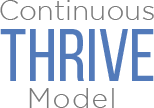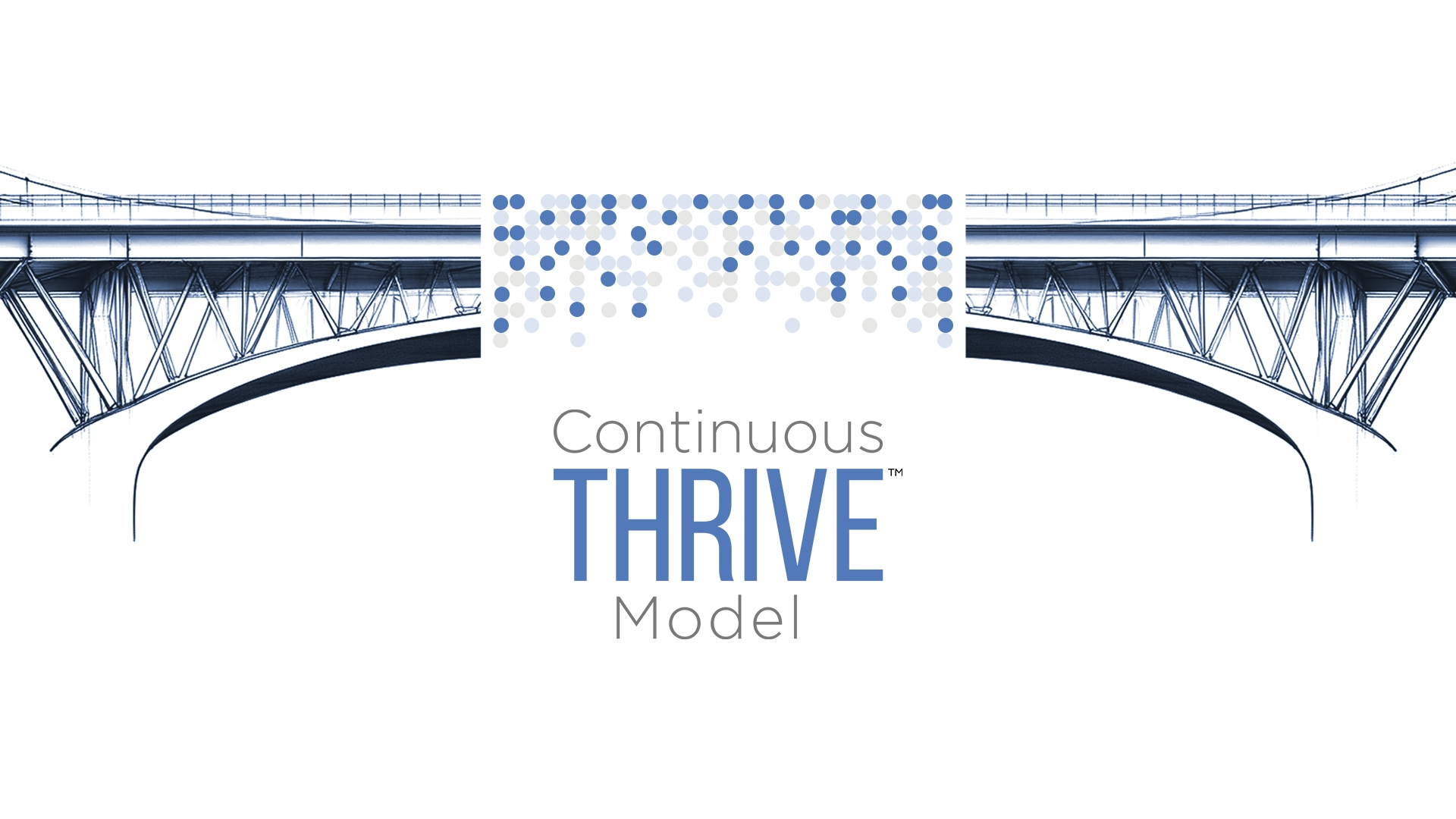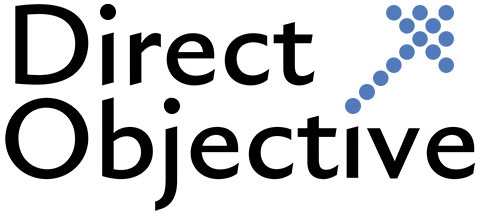The disconnect between strategy and execution has long been challenging for professional associations across industries. While strategy offers a structured vision for the future, execution demands agility and adaptability to unforeseen challenges. Most associations have a clear picture of what they want to achieve. However, they often suffer gaps between what they want (strategy) and their ability to follow through (Execution). In simple terms, the operational gap refers to the discrepancy between desired goals, outcomes and actual results.
Common Reasons for Operational Gaps in Associations
Several factors can contribute to this challenge. In most cases, we find that it is a combination of one of the following aspects:
- Insufficient budget allocation
- Goals and values misalignment
- Inefficient processes and workflows
- Inadequate data or limited data analysis capabilities
- Failing to address stakeholder’s feedback
- Not enough emphasis on engagement
- Lack of in-house skills and resources
A clear symptom of the operational gap in associations is a decline in stakeholders’ engagement rates or membership, which directly affects the association’s financial stability. For instance, many associations struggle to maintain relevance among younger demographics or adapt to new technological trends.
But how can associations bridge this gap? The first step is to perform a brief association audit to identify the obstacles that are preventing the organization from reaching its goals. Then, based on the results, an action plan is suggested with some activities performed in-house and some outsourced to expedite results. Using this tailored plan would also address the implementation of automation tools and advanced technologies that will contribute to the efficiency of the organization’s execution and overall performance.
Overcoming The Operational Gap: The Remedy
Succeeding in the face of the disconnect takes more than quick fixes or reactive strategies. Organizations need a holistic, forward-thinking model that integrates the organization’s values with the latest technologies, fosters stakeholders’ collaboration, and ensures measurable outcomes.
This is where the Continuous THRIVE™ Model comes into place. Direct Objective Consulting developed this comprehensive and dynamic framework to help organizations bridge the operational gap and achieve sustainable growth.
While the details are outlined in our white paper (available for free download), here’s a glimpse of what the model addresses:
- Aligning goals with actionable operational steps.
- Leveraging technology to drive efficiency and agility.
- Emphasizing engagement and retention as pillars of success.
- Using high-quality data to inform decisions and strategies.
Before discussing how this applies to associations, let’s first gain a better understanding of the consequences.
Operational Gap in Associations: What’s at Stake?
Operational gaps often present challenges to associations that can hinder their progress: missed strategic goals, difficulties in scaling, possible reputation damage, financial instability, or even disengagement among key stakeholders such as members, sponsors, or employees. For instance, an association might develop a promising strategy to enhance member engagement, only to be held back by limited resources, unclear priorities, or insufficient data to measure impact effectively.
However, addressing this gap isn’t just about avoiding setbacks. It’s about creating opportunities for growth and transformation. Drawing on over 20 years of experience working with associations of all sizes, Direct Objective Consulting has found that organizations focusing on operational resilience achieve stronger stakeholder engagement, greater agility, and sustainable growth.
Discover More
The operational gap is a real challenge for many associations, but it doesn’t have to be a roadblock. With the right approach, organizations can turn it into an opportunity for innovation and resilience. Curious about how the Continuous THRIVE™ Model can help your association? Check out our Frequently Asked Questions section or download our free white paper now to explore how the Continuous THRIVE™ model assists in bridging the gap and driving sustainable growth.


